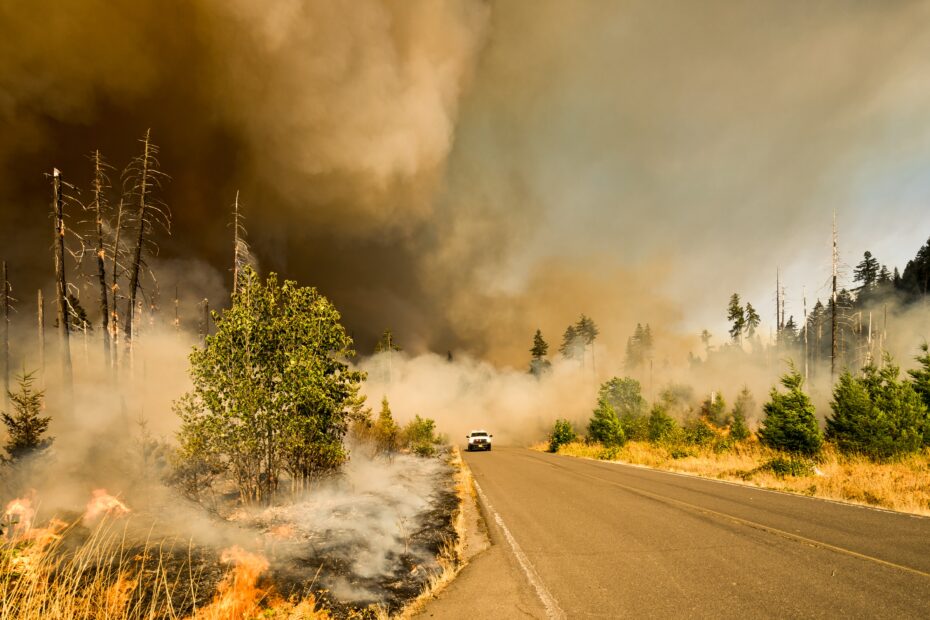There is no time like the present to be thinking about disaster emergency preparedness. During a disaster, emergency medical responders, fire department, law enforcement, and even public utilities may be delayed for days. Self-sufficiency can be a life-or-death decision. Whether it’s a tornado, or a water main break, having a response plan is essential. Although there is no generic approach to every hazard, the most effective way to prepare for disaster emergencies is to first look at the most probable potential threats.
Self-Sufficiency in a Disaster
The first step towards self-sufficiency, is to identify what to do if a disaster occurs; in other words – make a plan. Make sure everyone in the family knows what to do, where to go, and who to call when disaster strikes. A central meeting place is the simplest and allows every member of the family to be accounted for, especially if it is during a time where family members are either not in school or not at work. Once everyone is present, have a contact number to call. This can be a friend, a neighbor, or another family member – but make sure someone outside the immediate disaster area can account for everyone being ok.
A 72-hour kit is the next step in disaster preparedness. This basic kit will allow sheltering in place (typically the home) if the family becomes stranded or forced to stay at one location.A basic 72-hour kit should include the following items:
- Water (one gallon per person per day for three days)
- Food (at least a three-day supply of non-perishable food)
- Battery powered or hand crank weather radio
- Flashlight
- First Aid kit
- Whistle to signal for help
In some cases a cell phone may be helpful, but expect cellular services to be tied up.
The cost of building the 72-hour kit can be spread out over time. Unless the disaster is imminent, purchase items one or two at a time during visits to the market. Often times, the discerning eye can pick out sale items especially for the more expensive electronic items.
- A more advanced kit might include:
- Prescription medications
- Reading glasses
- Important family documents (insurance, identification)
- Cash or traveler’s checks
- Sleeping bag or blankets
- Change of clothing
- Matches
- Books or other activities
- Tool to shut off utilities.
Evacuate Before or After a Disaster
If the decision to evacuate the area is appropriate prior to or after the disaster, there are a few things to consider. First, if evacuation is done by vehicle, make sure a plan is in place to get everyone together and that there is sufficient fuel to get to the destination. Next, plan for alternate routes of travel in case familiar routes are obstructed or closed; a map is an invaluable resource.
Finally, try to gain information from official emergency broadcasts to make an informed decision about evacuation areas and safe routes of travel. Local radio stations will immediately start to broadcast important public health information. Also, if pets are going, plan for their care as well.
Plan for a Disaster
Planning equals preparedness during a disaster. Have a plan; make a kit. These simple steps will improve chances of survival in a disaster. It is everyone’s responsibility.
